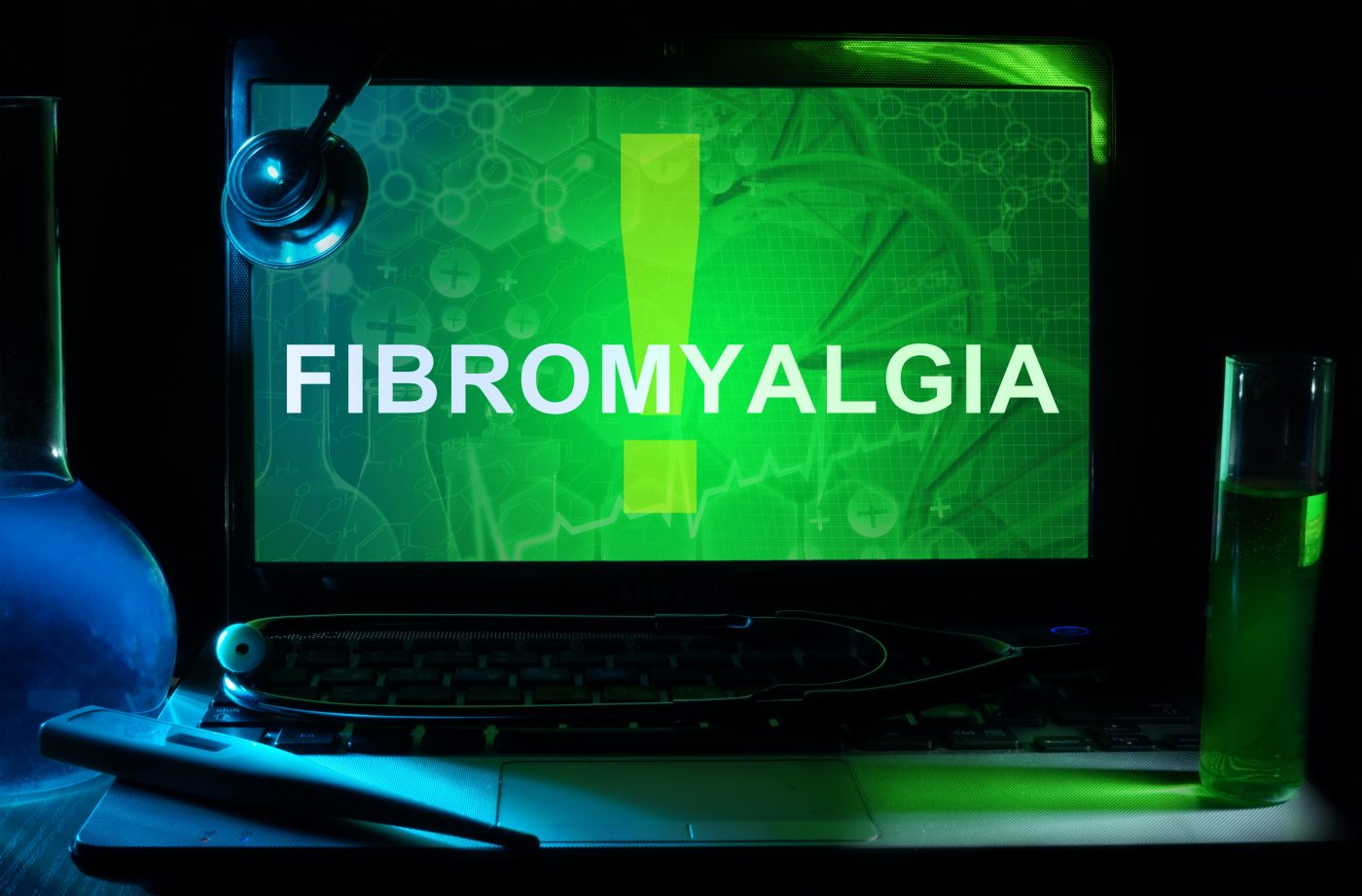 Fibromyalgia is an extremely disabling syndrome that causes chronic widespread pain, fatigue, sleep disturbances, memory deficits and mood impairments. Treatments of fibromyalgia require both pharmacologic and non-pharmacologic treatments. In terms of Pharmacologic treatments, the available drugs include tricyclic antidepressants (TCA) such as amitriptyline, selective serotonin reuptake inhibitors (SSRI), serotonin and noradrenaline reuptake inhibitors (SNRI) such as duloxetine and milnacipran, and monoamine oxidase inhibitors to lessen pain, depression, fatigue and health-related quality of life. Gabapentin and pregabalin are also normally given to patients to reduce the pain and the sleep disturbances associated with the condition. However, the comparative effectiveness of these treatments on health care utilization remains unknown.
Fibromyalgia is an extremely disabling syndrome that causes chronic widespread pain, fatigue, sleep disturbances, memory deficits and mood impairments. Treatments of fibromyalgia require both pharmacologic and non-pharmacologic treatments. In terms of Pharmacologic treatments, the available drugs include tricyclic antidepressants (TCA) such as amitriptyline, selective serotonin reuptake inhibitors (SSRI), serotonin and noradrenaline reuptake inhibitors (SNRI) such as duloxetine and milnacipran, and monoamine oxidase inhibitors to lessen pain, depression, fatigue and health-related quality of life. Gabapentin and pregabalin are also normally given to patients to reduce the pain and the sleep disturbances associated with the condition. However, the comparative effectiveness of these treatments on health care utilization remains unknown.
Using US commercial insurance claims data, Seoyoung Kin from the Division of Pharmacoepidemiology and Pharmacoeconomics at Brigham and Women’s Hospital and Harvard Medical School, along with colleagues compared the effectiveness of amitriptyline, duloxetine, gabapentin, and pregabalin on health care use in patients with fibromyalgia. The researchers measured patients’ adherence to these drugs with the number of outpatient visits, prescriptions, hospitalization, and emergency department visits.
In a total of 116,183 patients diagnosed with fibromyalgia between 2007 and 2009, the researchers identified that 13,404 were prescribed with amitriptyline, 18,420 with duloxetine, 23,268 with gabapentin, and 19,286 with pregabalin initiators. Of those, 8,269 amitriptyline, 9,941 duloxetine and 18,613 gabapentin initiators were matched with the pregabalin initiators.
Results showed that during a 180-day period, patients had 7 to 9 physician visits — including 6 to 8 specialist visits — and were prescribed an average of eight drugs.
Data analysis showed that the number of outpatient visits, prescriptions and hospitalizations reduced after initiation of any one of the four drugs, however, the number of emergency department visits was found to increase after treatment initiation. In this study, the researchers found an association between the use of duloxetine and fewer outpatient visits, prescriptions, hospitalizations, and emergency department visits when compared to the drug pregabalin. Compared to pregabalin, amitriptyline and gabapentin initiators did not impact health care use rates.
Results from this study revealed that patients with fibromyalgia have high health care utilization before and after initiation of amitriptyline, duloxetine, gabapentin, or pregabalin. Results showed that fibromyalgia treatment has only a slight impact on the reduction health care use, however, the researchers found that duloxetine initiators have less health care utilization than pregabalin.
The study titled “Patterns of health care utilization related to initiation of amitriptyline, duloxetine, gabapentin or pregabalin in fibromyalgia,” was recently published in the journal Arthritis Research & Therapy.

